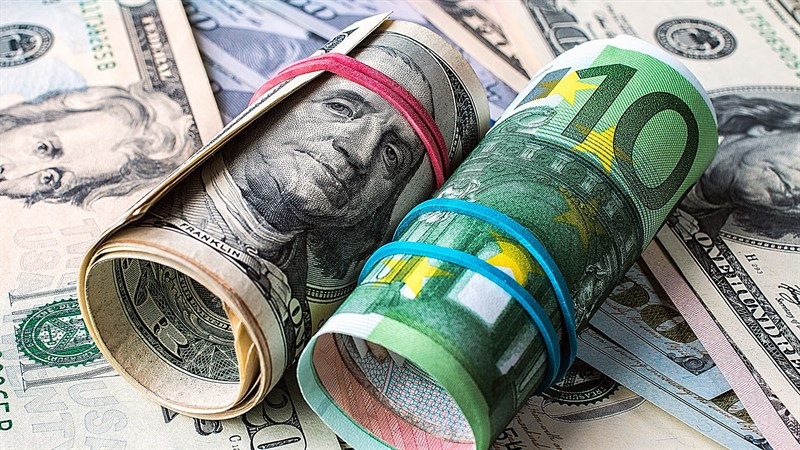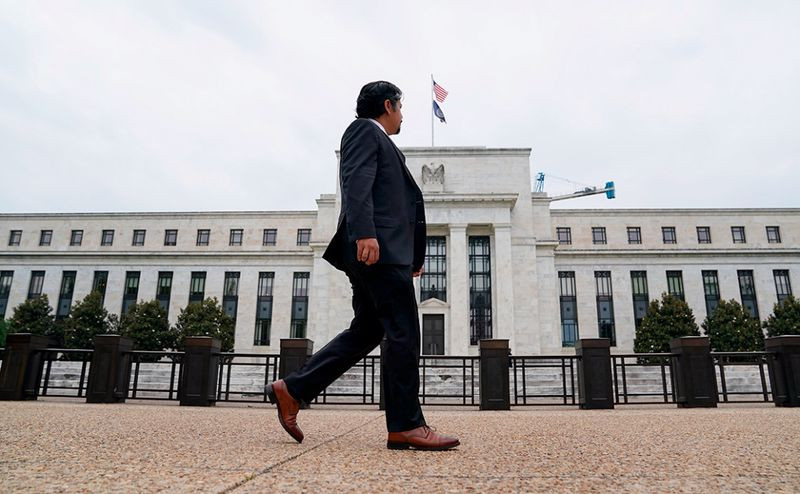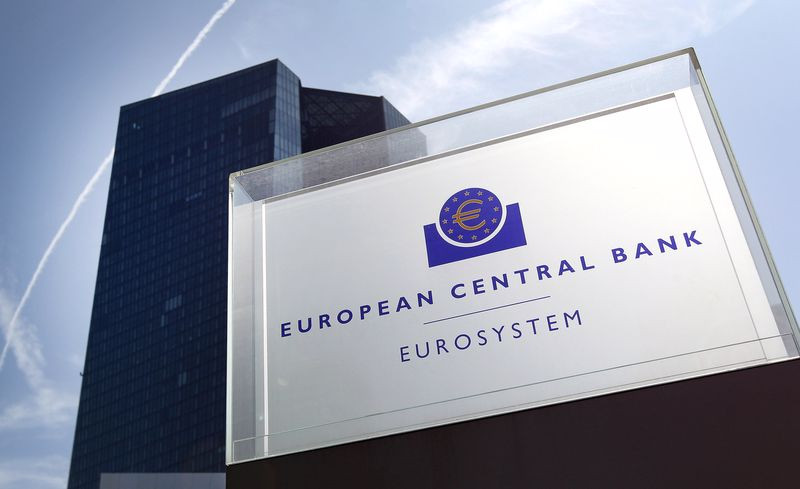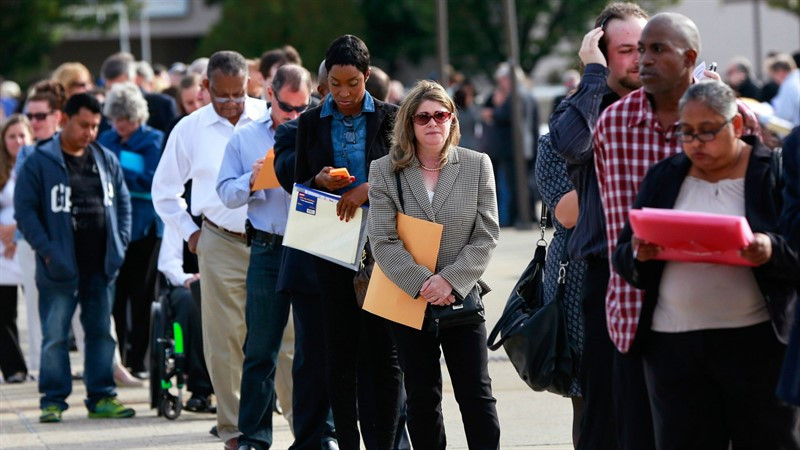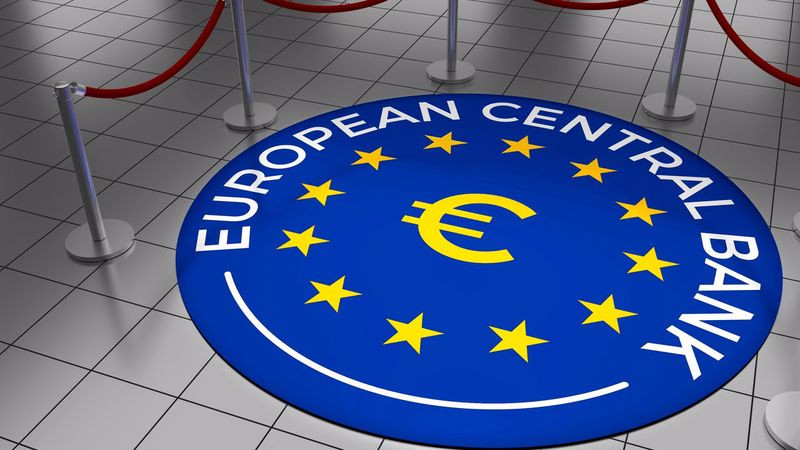One of the main events of the week was the next FOMC meeting, following which on Wednesday the central bank raised the key rate by 75 basis points at once.
Traders welcomed the Federal Reserve's decision, seeing in this step the central bank's determination on the front of the fight against inflation, which has already reached 40-year highs.
Fed Chairman Jerome Powell argued for an aggressive rate hike with strong growth in real GDP and consumption, a shortage of labor and accelerated wage growth.
At the same time, the US central bank has signaled that it intends to raise the rate faster than previously planned. The average forecast of the Fed's leaders suggests that by the end of this year the rate will be 3.4% against the March forecast of 1.9%.
After the announcement of the central bank's verdict on monetary policy, US stock indexes rose by an average of 1-2.5%.
However, the optimistic mood in the market did not last long.
The key Wall Street indexes fell sharply on Thursday. In particular, the S&P 500 fell by 3.25% to 3,666.77 points, which is the lowest value since December 2020.
The fact is that fears have returned to investors' radars that attempts by leading central banks to curb inflation could lead to a sharp slowdown in global economic growth.
"The more aggressive policy of central banks creates obstacles for both economic growth and stocks. Fighting inflation seems to be an increasingly difficult task," said strategists at UBS Global Wealth Management.
According to Bank of America, more than 88% of the stock indexes it tracks are trading below the 50-day and 200-day moving averages, and the leading markets are "painfully oversold."
At the same time, the optimism of fund managers about the economic prospects is at an all-time low.
ING analysts note that the Fed's move is tougher and faster with economic costs, and the growing risks of recession mean that rate cuts will be on the agenda in the summer of 2023.
According to JPMorgan analysts, stock quotes are already 85% likely to assess a recession in the United States, while market concerns about erroneous monetary policy and the subsequent change of an aggressive course have intensified.
"The rate markets are currently challenging central banks by questioning the degree of tightening without the need to change policy afterwards. The problem looks particularly serious for the Fed, as the US rate markets are signaling that the federal funds rate above 3% probably will not be able to stay for long," they said.
The chances of a "soft landing" of the American economy are rapidly declining.
Currently, there is a slowdown in US GDP growth to a level below the trend of 1.7% this year.
In Europe, stocks also assume an 80% probability of a recession based on the historical behavior of the past 11 recessions, JPMorgan analysts say.
Last week, European Central Bank President Christine Lagarde confirmed that an interest rate increase of 25 basis points is possible in July. She expects interest rates to rise by at least 50 basis points in September, as well as a steady increase in the future.
However, the Frankfurt-based financial institution has a relatively small window for action to raise rates, since the currency bloc clearly faces risks of fragmentation, implying a discrepancy between the cost of borrowing for different European countries.
Raising the deposit rate from -0.50% will give the ECB the opportunity to reduce it if the situation worsens.
In addition, according to analysts, the central bank may launch a new bond repurchase program in case of a sharp increase in the cost of borrowing for countries such as, for example, Italy.
In response to the growing inflationary risks, the US and European central banks are moving to a more aggressive policy. The first will raise rates to a restrictive level, which will be above 4%, while a neutral rate at 1.75% may be enough for the second, according to Nordea economists.
"We expect the Fed to raise the rate by 75 bps in July, then by 50 bps in September and November, and then by 25 bps in December, January and March to stop at 4.25% as the upper limit. The ECB is likely to follow the signals given earlier and raise the rate by 25 bps in July, and then by 50 bps in September and October, 25 bps in December and then three times by 25 bps in the first half of 2023," – they noted.
According to Nordea's forecast, the dollar will continue to strengthen as the Fed rate rises, and the EUR/USD pair will move towards the parity level.
The last time the euro was worth exactly as much as the US currency, almost twenty years ago – in December 2002.
"In our opinion, the question of EUR/USD parity is more a 'when' than an 'if'," Wells Fargo strategists believe.
In their opinion, the "short" of the euro against the dollar is now a deal with almost no risk, which has additional opportunities for development as the difference in rates increases.
"At the same time, funds are not overloaded with such positions at the moment, which could signal a market "day". Therefore, we think that the build-up of short positions on the euro and its depreciation may go much further than it is now," Wells Fargo reported.
The ECB's rate hike cycle will begin only in July, while the Fed has already raised the rate by 150 basis points three times in total.
"In the medium term, we still expect further strengthening of the US dollar, especially against the euro, based on the continued active tightening of the Fed's policy compared to the more measured steps of the ECB. The slowdown in the global economy is likely to further increase support for the greenback," HSBC analysts believe.
The EUR/USD pair rose by more than 100 points on Thursday and reached the highest values in almost a week above 1.0600. This was largely due to the weakening of the dollar on a broad front.
Despite the rampant flight from risks, the greenback could not take advantage of the status of a "safe haven" asset. The USD index fell by almost 1%, to 103.60 on Thursday, amid a retreat in the yield of treasuries.
In addition, disappointing statistics on the United States have tripped up the greenback.
So, on Thursday it became known that the number of Americans who applied for unemployment benefits for the first time last week amounted to 229,000 people, while analysts expected a reduction to 216,500.
A separate report showed that the number of homes started in the US fell 14.4% in May from the previous month to 1.549 million on an annualized basis.
These releases added to a weak retail sales report released on Wednesday, which showed a 0.3% decline in the indicator in May against an expected increase of 0.1%.
As a result, fears have intensified that an aggressive tightening of the Fed's policy could trigger a recession in the US, and the dollar came under selling pressure.
"Declining yields in the US and talk of a recession have undermined the position of the US currency.
The USD index slide could extend to 102.00 in the near term, but the broader bullish trend has not yet been completed, given that the Fed rate hike by 75 bps in July remains on the table," Westpac analysts noted.
ING strategists believe the dollar will attract demand on falls below 104.00.
"We think the market-priced expectations for a Fed tightening cycle are highly durable and will continue to support short-term US and dollar rates this summer. Therefore, we expect the greenback to sustainably attract bulls below 104," they said.
Despite the retreat from the multi-year high around 105.80 reached on Wednesday, the dollar continues to lead the foreign exchange market largely due to the continued strong divergence of the monetary policy rates of the Fed and its colleagues.
In particular, the Bank of England may have to take a more cautious approach to raising rates after data on Monday showed an unexpected contraction in the economy in April. The BoE also faces political risks, such as uncertainty about the fate of the agreement with the European Union on Northern Ireland. All this does not add optimism to the pound. The pound has been trading at lows against the US dollar since March 2020 and may suffer even more.
The exchange rate of the Japanese yen against the greenback has already fallen to the lowest levels since January 2002. But the Bank of Japan avoids raising interest rates. The central bank firmly believes that high profitability will impose higher costs on the economy than the depreciation of the national currency.
As for the ECB, unlike the Fed, it does not have sufficient flexibility and cannot afford to raise the rate by 75 basis points, given the so-called "fragmentation".
The ECB is promising additional support to the debt-laden southern eurozone countries, seeking to calm concerns caused by the central bank's plans to tighten policy.
This week, the ECB held an emergency meeting, following which it promised to accelerate the creation of a new tool to limit fragmentation in the region.
Investors are now wondering what form this instrument can take, and the lack of details is putting pressure on the euro.
The EUR/USD pair turned downwards on Friday and was on track to close in the red for the third consecutive week.
After a two-day fall, the greenback changed its direction and erased its weekly losses. During the day, the USD index rose by more than 1%, rushing to 105.00.
US stock indexes were also trying to return to positive territory.
Nevertheless, since Monday, the S&P 500 broad market index has declined by 5.28% and is ready to demonstrate the strongest weekly drop in more than two years.
According to Credit Suisse strategists, it is possible that this is already the peak of hawkish sentiment towards the Fed, in connection with which then a resumption of growth in stock markets is likely.
However, in general, the current situation implies the continuation of the trend of selling stocks on the rise amid increasing fears about the recession, especially in light of the revival of activity of leading central banks.
"Although the US recession in 2023 suggests that by then the market will take into account the Fed's rate cuts, the dollar may slowly rise until confidence in global growth and risky assets begins to recover. Therefore, we maintain our opinion that the greenback will remain strong for a long time, and we still predict that the EUR/USD pair risks returning to the 1.0300 area in the three-month perspective," Rabobank analysts said.
The nearest support is at 1.0460 (the Fibonacci retracement level is 23.6%), and then at 1.0400. Below the last level, the pair has room to continue falling to the 1.0340 area.
On the other hand, the initial resistance is located at 1.0560 (50% Fibonacci retracement level) on the way to 1.0600 (weekly high) and 1.0640 (100-day moving average).





